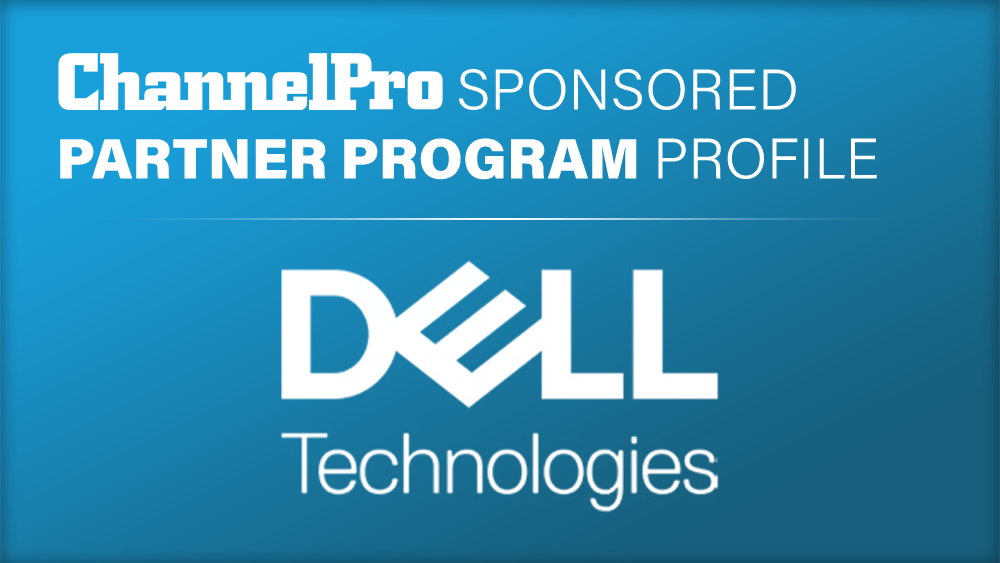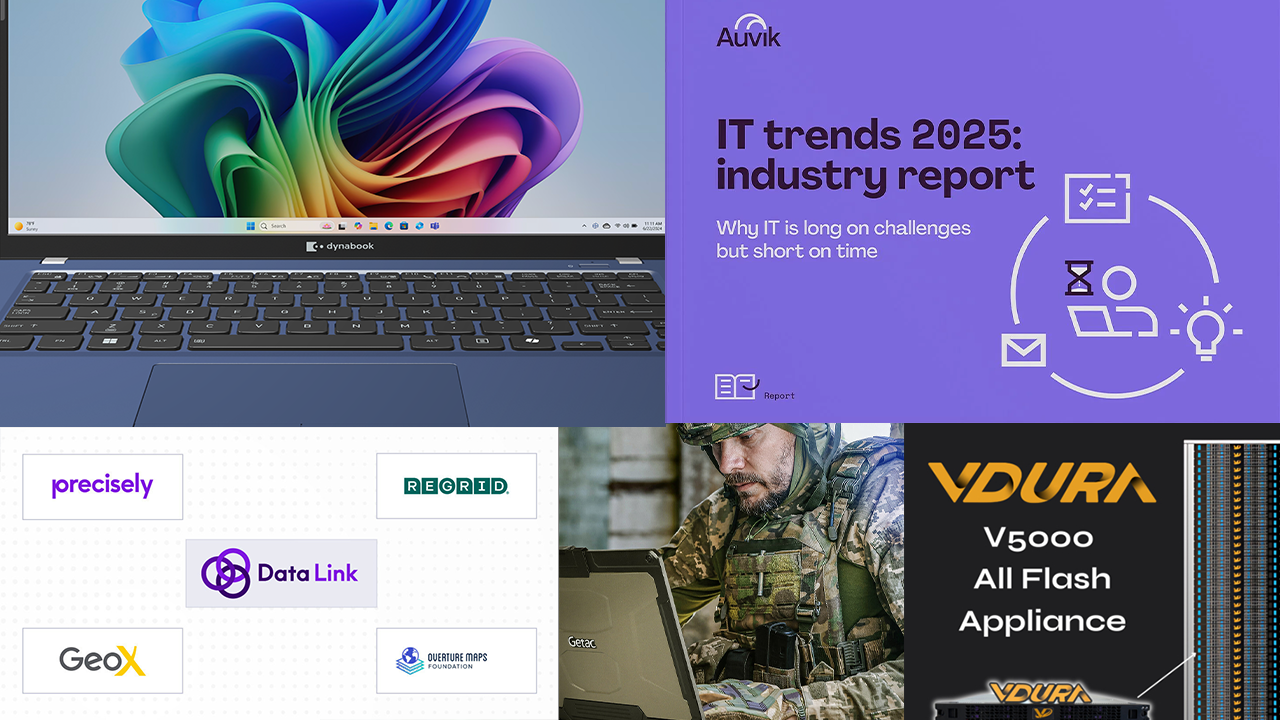The threat landscape is constantly evolving, requiring small to midsize businesses (SMBs) to continually advance their security posture. Because these organizations don’t often have the internal expertise or resources to attain a comprehensive security posture, channel pros can play a key role as their trusted cybersecurity partners.
Dell believes that the Zero Trust Model is a preeminent approach to protecting businesses against cyberthreats and decreasing their risk exposure. The Zero Trust Model is focused on reducing the attack surface, detecting and responding to cyberthreats, and recovering from a cyberattack across edge, core, and cloud environments. At the edge, this requires rigorous access controls, continuous authentication, and comprehensive visibility and control over network traffic. Vigorous security measures must also be applied to the core network and the cloud, requiring network segmentation, encryption, and continuous monitoring.
In other words, the Zero Trust Model doesn’t automatically trust anything inside or outside an organization’s digital perimeter. Instead, it requires verification of everything and everyone attempting to connect to an organization’s systems and ensure the data and systems are being used for legitimate business reasons.

Steve Kenniston, senior cybersecurity consultant at Dell
“Zero Trust is a much better security model than the traditional firewall approach to keeping bad actors out,” says Steve Kenniston, senior cybersecurity consultant at Dell. “Zero Trust helps to limit the blast radius. In a firewall environment, once a bad actor is in, they’re in—they can go anywhere.” The rigor that a Zero Trust Model applies to authentication and verification ensures that the right individuals are accessing the right applications and data, at the right time.
Deploying a Zero Trust model may seem overwhelming to SMBs, but in practice it doesn’t have to be. Again, this is why managed service providers (MSPs) are so important in guiding their SMB customers through this process. While the Zero Trust Model comprises a complex set of pillars and principles, MSPs can help their clients implement these capabilities on an incremental basis for increased simplicity.
“A small to midsized business may not initially need to deploy a Zero Trust Model across its entire environment,” Kenniston says. “Instead, it may first focus on its most critical applications and data.”
This is why Kenniston advises that before rolling out a Zero Trust Model, channel pros conduct a technology assessment of their customers’ current environments. “Before you dive right in, it’s best to do an honest assessment to determine where the vulnerabilities are,” he says. This makes it possible to identify the mission-critical applications and data that require the highest level of protection. “Get a core understanding of what is most important—what poses the most risk to the business in the event of an incident—before rolling out Zero Trust across the organization.”
In guiding their customers through Zero Trust, MSPs are not only helping their customers achieve security maturity, but they are also instilling a sense of confidence into the businesses they serve. “It really results in business owners and employees feeling safer and much more secure as they perform their daily tasks,” Kenniston says. “It makes companies operate much more smoothly.”
About the Dell Expert Network
The Dell Expert Network rewards and educates members who purchase from Dell on behalf of their clients. Each registered member receives a dedicated account manager, free training, and shortcuts to services and support that are designed to make their business engagements easier.
Learn more by visiting the Dell ChannelPro page or contact Program Manager at Erin_Sutter@Dell.com.

















